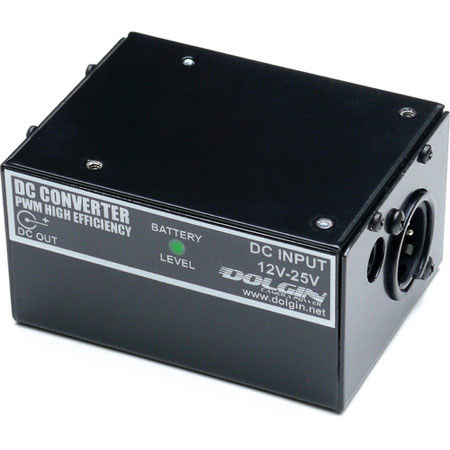
To make matters worse, a motor is an inductive load. Think about how often a vacuum cleaner motor sounds like it is straining to work hard. Any time the motor needs extra current (higher I), the resistor will drop even more voltage than before, thus reducing the motor's supply voltage just exactly when it needs all that voltage and current! When? Well, at start-up, for one time. The voltage dropped across the resistor (and hence, the remaining voltage actually available to the motor) is IR. Now, even supposing you can do that, here's where the complications start.

You need a resistor of 0.60 ohms able to handle over 10 watts power. How much? Well, P=VI that is, power (heat) is 2.4 x 4 = 9.6 watts. The resistor will be dropping 2.4 volts with a current of 4 amps, so it will be converting that much power into heat that must be removed to avoid overheating the resistor. But hold on, there's another factor to consider. Now, suppose the vac motor is pulling 4 amps (a pretty modest current) then the R value is 0.6 ohms. So, to drop 2.4 volts the value of R, the resistor, must be 2.4/I, where I is the amperes flowing in the circuit. You want to drop from 7.2 to 4.8 volts, a drop of 2.4 volts. BUT I will say up front, it's a bad idea and will comment a little on why later. In theory this can be calculated IF you know the CURRENT (amps) the motor pulls when connected properly to a 4.8V supply.


 0 kommentar(er)
0 kommentar(er)
